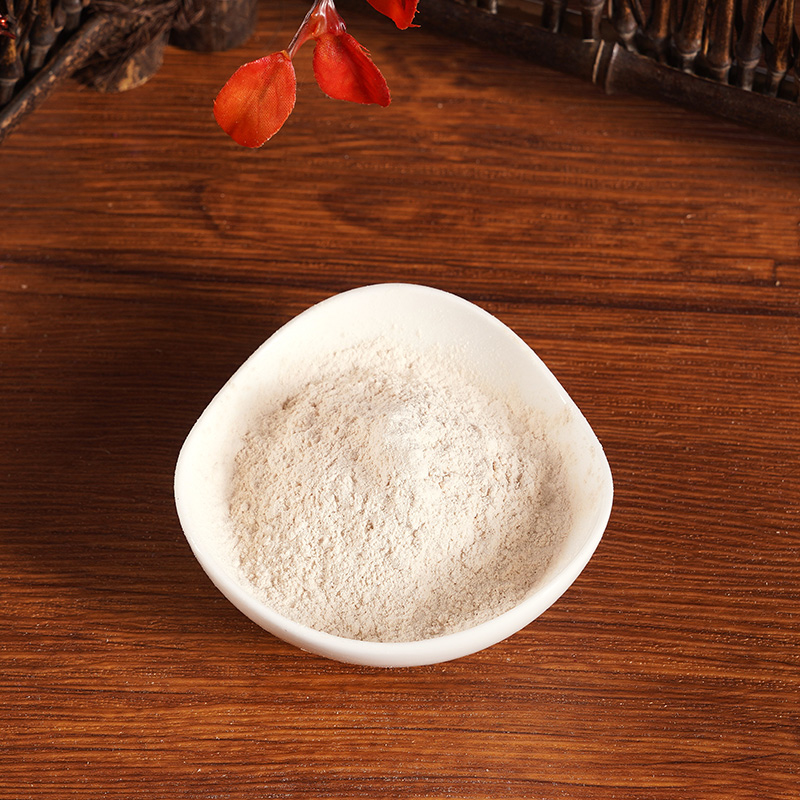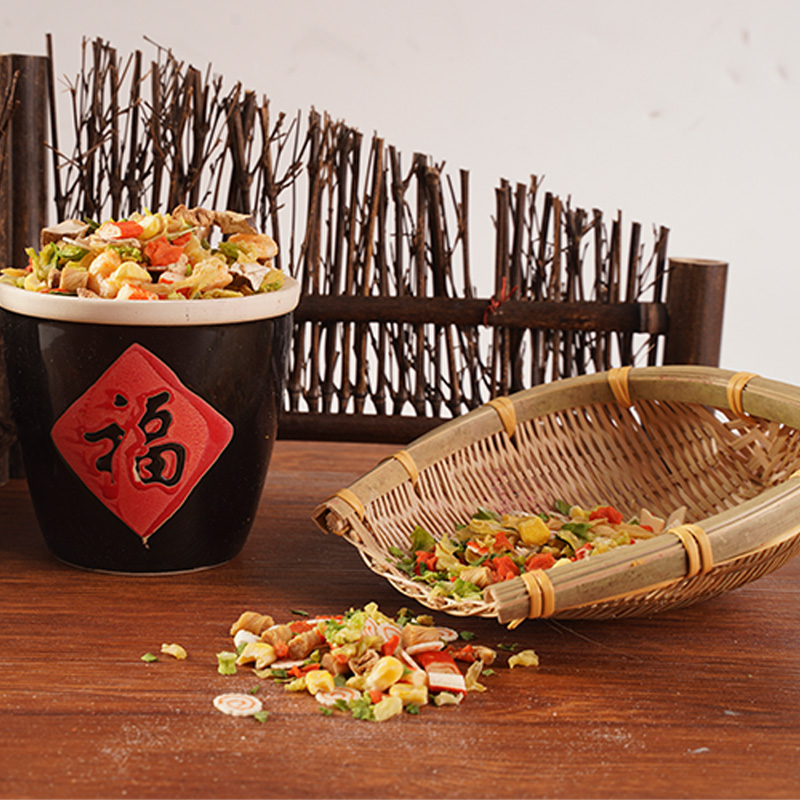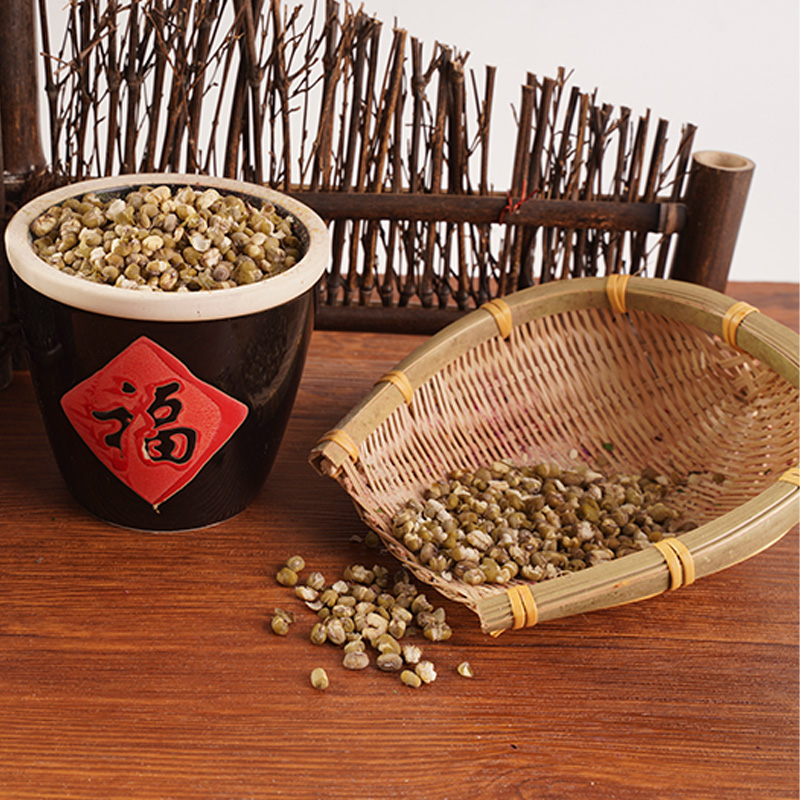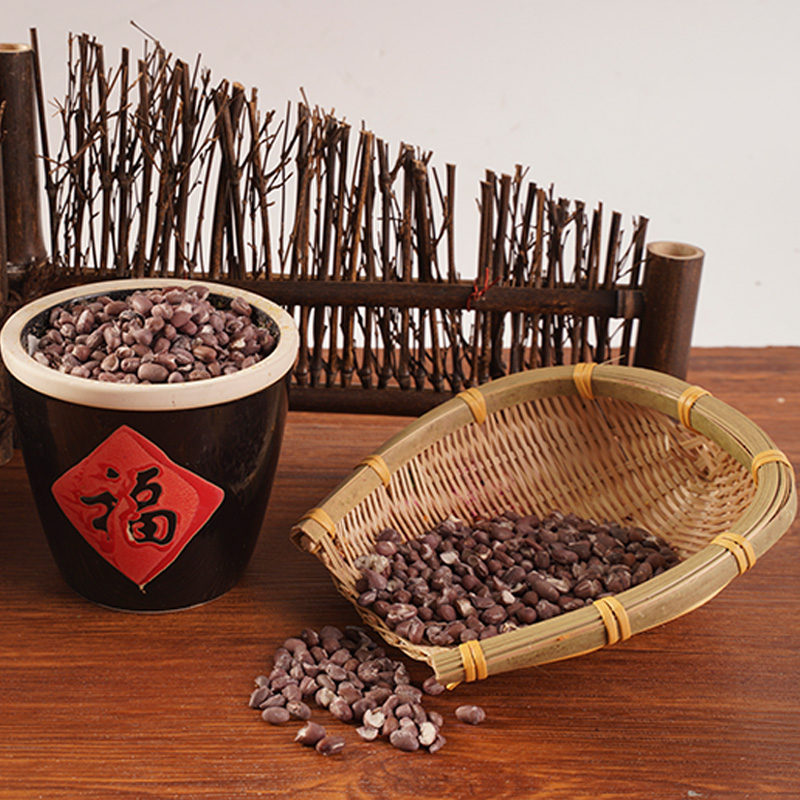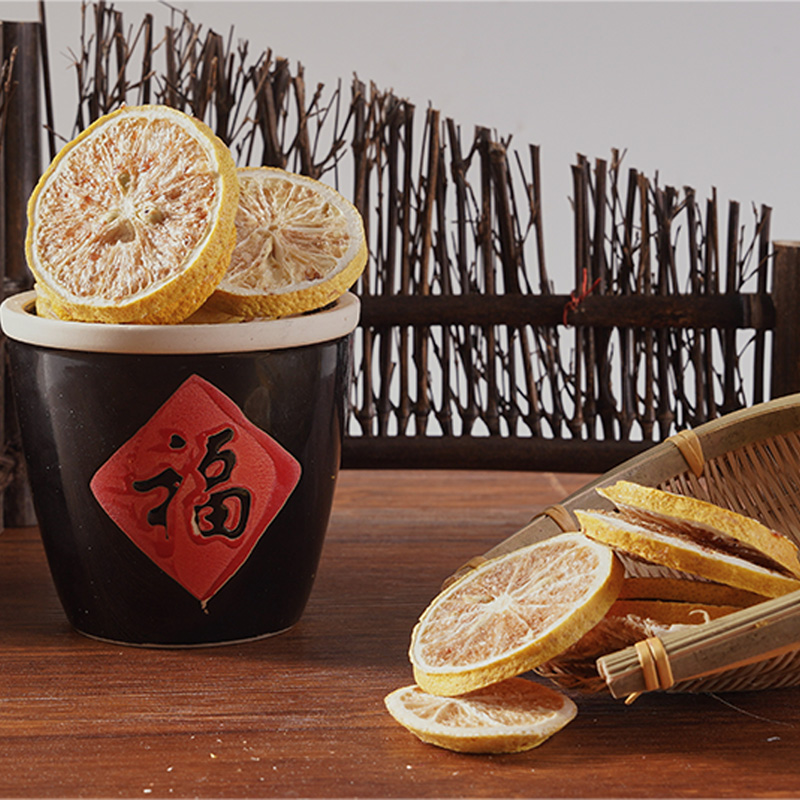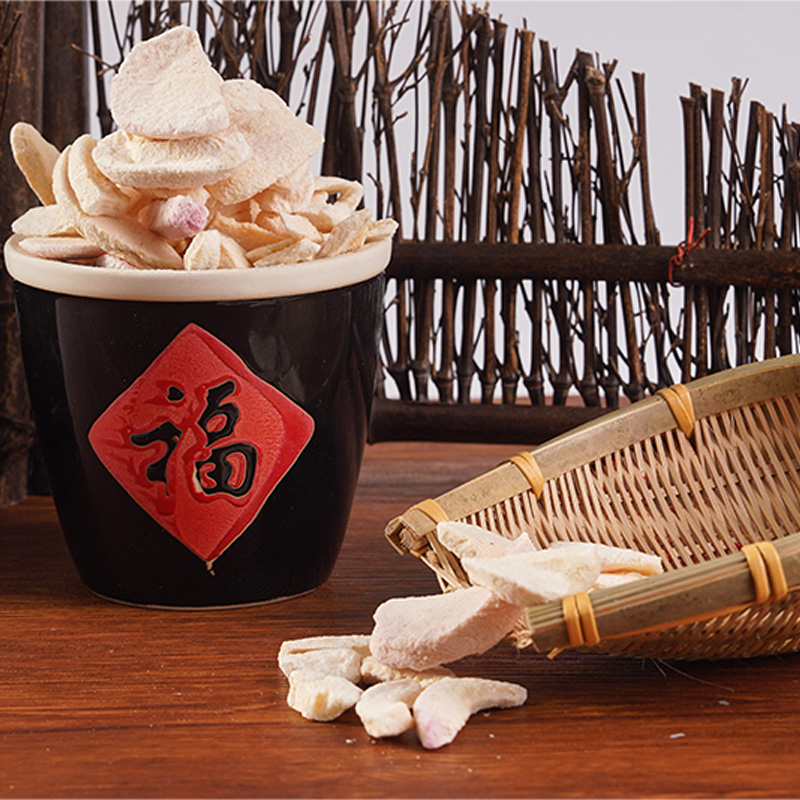Dehydrated Green Onions in Instant Noodles: A Comprehensive Guide
Dehydrated green onions (also known as scallions or spring onions) are a common yet often overlooked ingredient in instant noodles. These tiny, dried flakes play a crucial role in enhancing flavor, aroma, and visual appeal. This article explores the production process, benefits, culinary applications, and nutritional aspects of dehydrated green onions in instant noodles.
1. What Are Dehydrated Green Onions?
Dehydrated green onions are fresh scallions that have undergone a drying process to remove moisture while preserving taste, color, and nutrients. They are typically used in powdered or flake form and are a staple in instant noodle seasoning packets.
Production Process:
1.Harvesting & Washing – Fresh green onions are harvested, cleaned, and trimmed.
2.Blanching (Optional) – Some manufacturers briefly blanch them to preserve color.
3.Drying Methods:
Air Drying – Slow, natural drying at low temperatures.
Freeze Drying – Preserves texture and nutrients but is more expensive.
Hot-Air Drying – Most common for instant noodles; cost-effective and efficient.
4.Grinding & Packaging – Dried onions are crushed into flakes or powder and sealed for freshness.
2. Why Are They Used in Instant Noodles?
Key Benefits:
Long Shelf Life – Unlike fresh onions, dehydrated versions last 1-2 years without refrigeration.
Quick Rehydration – They soften instantly in hot water, releasing flavor into the broth.
Consistent Flavor – Standardized taste ensures uniform quality in every noodle pack.
Cost-Effective – Cheaper to transport and store than fresh produce.
Reduced Food Waste – Eliminates spoilage concerns associated with fresh vegetables.
Flavor Profile:
Mild oniony taste with slight sweetness.
Adds umami depth without overpowering other seasonings.
Complements common instant noodle flavors like freeze dried beef,freeze dried chicken, freeze dried shrimp, and spicy broths.
3. Nutritional Value of Dehydrated Green Onions
While dehydration reduces some nutrients, they still retain:
Vitamin K (Supports blood clotting and bone health)
Vitamin C (Antioxidant, though reduced compared to fresh)
Dietary Fiber (Aids digestion)
Sulfur Compounds (May have anti-inflammatory properties)
Comparison to Fresh Green Onions:
| Nutrient (per 100g) | Fresh Green Onions | Dehydrated Green Onions |
| Calories | 32 kcal | ~250 kcal (concentrated) |
| Vitamin C | 18.8 mg | ~5-10 mg (reduced) |
| Vitamin K | 207% DV* | ~150% DV |
| Fiber | 2.6 g | ~8-10 g (dried weight) |
*(DV = Daily Value)*
4. Culinary Applications Beyond Instant Noodles
Dehydrated green onions are versatile and used in:Soups & Broths (Ramen, pho, miso soup),Seasoning Blends (Spice mixes, dip powders),Snack Flavorings (Chips, crackers, instant rice meals),Ready-to-Eat Meals (Frozen dinners, cup noodles)
5. Common Misconceptions
"They have no nutritional value."
→ While some vitamins degrade, fiber and minerals remain.
"They taste artificial."
→ High-quality dehydration preserves natural flavor.
"They’re just for decoration."
→ They contribute significantly to the overall taste profile.
6. Future Trends & Innovations
Improved Freeze-Drying Techniques for better texture retention.
Fortified Dehydrated Onions (e.g., added vitamins for nutrition boosts).
Sustainable Sourcing to reduce environmental impact.
News Category
- Company News(1)
- Industry News(71)



 English
English русский
русский 日本語
日本語 한국어
한국어 中文简体
中文简体





